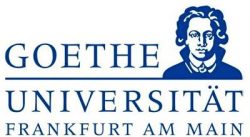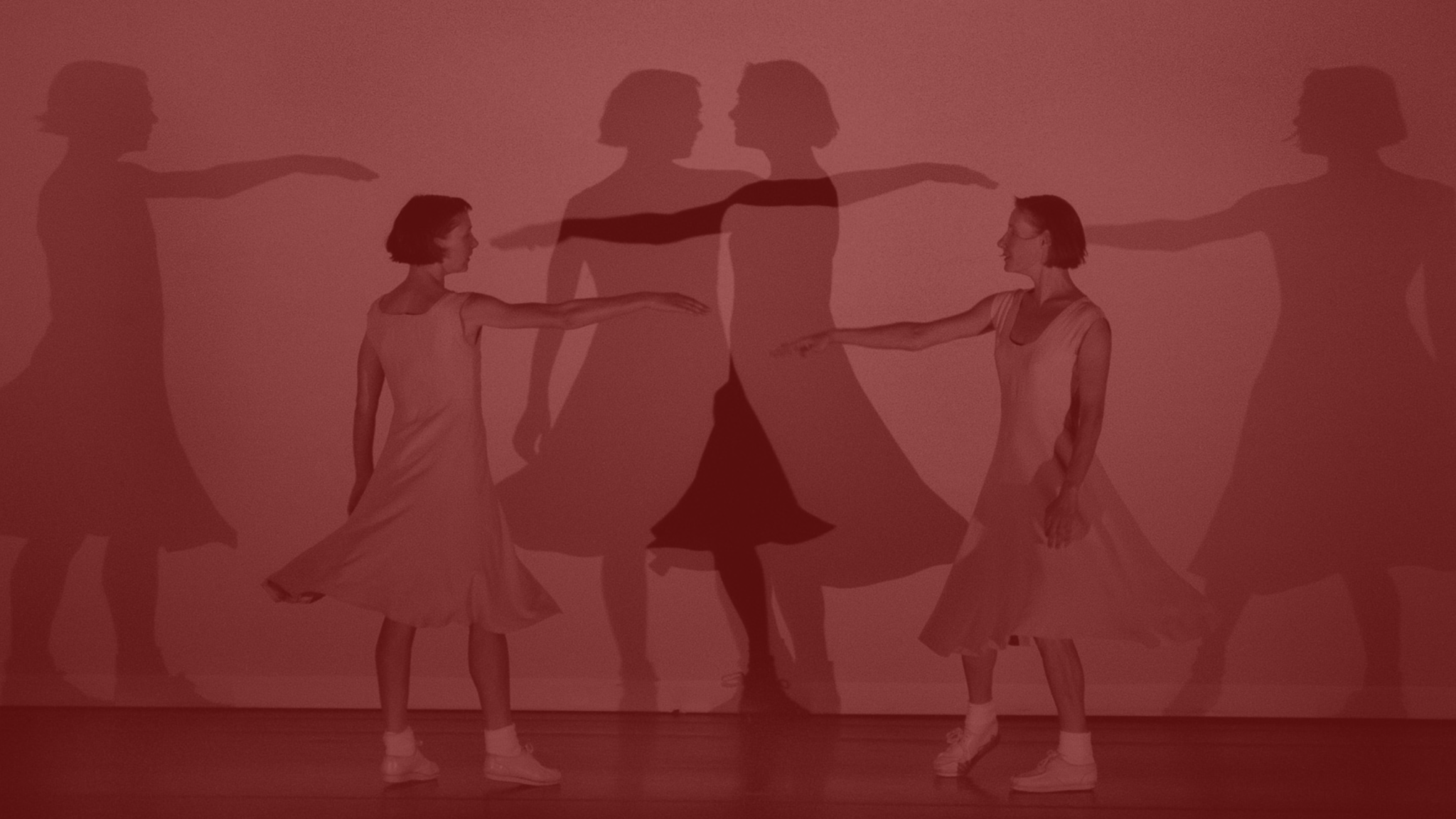Contents of the course
During the 1980s, the Flemish performing arts scene suddenly boomed when numerous artists autonomously developed various experimental theater and dance performances. In Brussels, Anne Teresa De Keersmaeker gained international recognition with Fase, Four Movements to the Music of Steve Reich (1982) and Rosas danst Rosas (1983). At the same time in Antwerp, Jan Fabre developed It is Theatre as to be Expected and Foreseen (1982) and in 1984 his iconic performance The Power of Theatrical Madness premiered at the Venice Biennale.
Although De Keersmaeker and Fabre are probably the most well-known Flemish artists of that time, the so-called “Flemish wave” is far from limited to these two pioniers. Ivo Van Hove, Jan Lauwers (Needcompany), Jan Decorte, Luk Perceval, Guy Cassiers, Alain Platel (Les Ballets C de la B), Michael Laub and Wim Vandekeybus are but a selection of other influential artists who started their careers in the 1980s in Flanders.
These artists challenged existing theatrical and dance traditions, each with their own, specific artistic language and dramaturgical tools. As such, “contemporary Flemish theatre is not a coherent artistic ‘movement’ with a shared aesthetic programme or a common artistic background […]” but rather a continuous flux in which artists blurred aesthetic conventions, merged artistic forms and explored unknown performance formats (Boenisch 2010: 397). Although these practices were conveniently labeled “postdramatic” in the 1990s (Lehmann 1999), a closer look at the artistic diversity of the “Flemish wave” is necessary to nuance these strict categorizations and to criticize the overarching narrative of the postdramatic turn. In other words, the artistic diversity and richness of the representatives of the “Flemish wave” problematizes catchall concepts and labels.
However, the “Flemish wave” is in and of itself also quite a generalizing label, that confronts us with a number of serious (theatre)historiographical challenges. To begin with, conceptualizing historical moments and movements as “waves” or “turns” is inherently dangerous, as these metaphors suggest an absolute breaking point, during which something completely new arises out of nothing (Laermans 2010) and which consequently “washes away” everything in its wake. Obviously, this should be nuanced, as the “Flemish wave” is anchored in a broader Belgian and international artistic and historical context. As such, the anti-textual stance and the rejection of the repertoire, which have been attributed to both the postdramatic theater and to the artists of the “Flemish wave” is in dire need of re-evaluation, just as the presumed (in)dependence of the “Flemish wave” of the international performing arts scene (The Wooster Group, Pina Bausch, Merce Cunningham,…).
A broader historiographical look at the cultural atmosphere of Flanders and the Netherlands at the time, and of its socio-economic conditions and funding structures enables us to put into perspective how Flemish the “Flemish wave” actually was, how the movement relates to previous theatre and dance traditions and how the movement influences today’s Flemish and international performing arts scene. Furthermore, the subsequent institutionalization of the production structures of these artists in the late 1980s and the early 1990s gives an interesting insight into the processes of canonization of contemporary theater and dance performances, and the challenges and problems this canon(ization) faces and causes.
More information:
- Website of the Institute for Theatre-, Film- and Media Studies (Goethe University Frankfurt am Main)
- Course catalogue Goethe University Frankfurt am Main (login required)
- OLAT Digital learning platform Goethe University Frankfurt am Main (login required)


